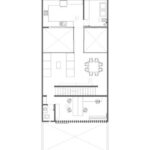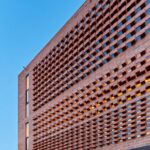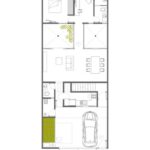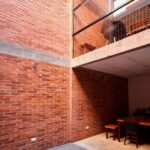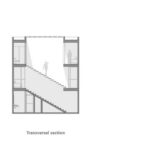Introduction
Colorines House, a project by Moctezuma Estudio de Arquitectura, embodies a unique blend of spatial innovation and social consciousness. Situated within the Jardines de San Manuel subdivision in Puebla, Mexico, this project challenges conventional urban perceptions and advocates for inclusivity and equity in urban development.

Spatial Dimension
The architectural design of Colorines House is characterized by its spatial complexity and atmospheric richness. Through strategic spatial planning and thoughtful design elements, the project creates a unique living environment that fosters a sense of community and connectivity.
Social Context
To fully grasp the significance of Colorines House, one must understand the historical and social context of its location. The Jardines de San Manuel subdivision, established in 1958, symbolizes a shift towards decentralized urban development. Despite initial promises of a new way of living, the subdivision has faced challenges, resulting in a perception of certain areas as inhospitable and hostile.
Message of Equity
Colorines House serves as a message to architects, residents, and city leaders alike, advocating for equity and inclusion in urban spaces. By challenging stigmas and promoting inclusivity, the project aims to redefine the narrative surrounding urban development and foster a sense of belonging for all inhabitants.
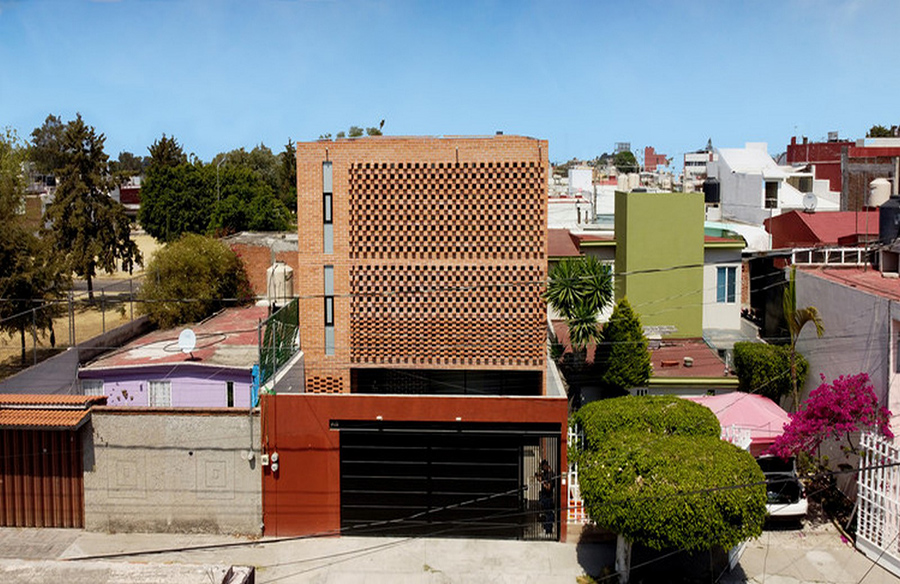
Agent of Change
The project highlights the transformative power of architecture as an agent of change. Through collaboration and dialogue between architects and residents, cities can be rebuilt with a focus on diversity, inclusivity, and social architecture. This approach emphasizes the importance of listening to the needs of communities and working together to address urban challenges.
Vision for the Future
Colorines House embodies a vision of sustainability, integration, and resilience. By embracing diversity and recognizing the inherent value of every corner of the city, the project sets a precedent for future architects to prioritize social consciousness and community engagement in their designs.
Conclusion
In a world where urban spaces often reflect social inequalities, Colorines House offers a beacon of hope and possibility. Through its innovative design and unwavering commitment to social equity, the project inspires architects and city leaders to envision a future where cities are inclusive, vibrant, and accessible to all.






